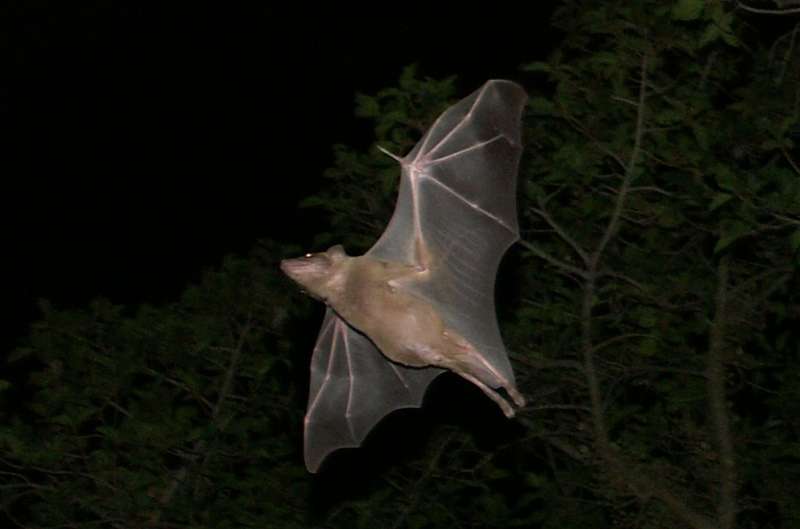New Insights into Memory Storage: How Bats Replay Flight Paths in Neural Packets

Research reveals how bats replay flight paths through neural sequences, offering new clues into memory storage and planning mechanisms in the brain.
Every day, our brains process countless fleeting experiences—be it a leisurely walk, a conversation, or a complex task—and convert them into long-term memories. The exact neural mechanisms behind this transformation are still being unraveled, but recent research highlights the role of neural replay. This phenomenon involves neurons rapidly reactivating sequences of activity that mirror those during the initial experience, occurring both before and after the event. Such replays are believed to assist in memory consolidation and future planning.
A groundbreaking study conducted by neuroscientists at the University of California, Berkeley, has provided new insights into these neural processes. Using advanced wireless recording technologies, the team studied hundreds of neurons simultaneously in freely flying bats, an approach that offered an unprecedented view into natural brain activity during navigation tasks. This research marks the first time ensembles of neurons—rather than single neurons—have been monitored in such dynamic, real-world conditions in bats.
The findings shed light on two key phenomena: neural replay and theta sequences. ‘Replay’ involves the reactivation of neuronal sequences after an experience, often during rest, indicating a potential role in memory storage. Interestingly, the study revealed that these replays tend to occur minutes post-experience and can involve distant locations from the original activity. Notably, the duration of replay events was consistent regardless of the length of the flight, suggesting the brain compresses these neural sequences into uniform packets of information. This efficiency implies that the brain processes complex spatial memories in fixed time chunks, regardless of the experience's extent.
A second discovery involved theta sequences, neural patterns previously observed in rodents that support movement and planning. In bats, researchers found similar sequences during flight, but these were not linked to continuous theta oscillations (about 8 Hz). Instead, they synchronized with the bats’ wingbeat rhythm. This points to a potentially universal neural mechanism organizing behaviors such as whisking, speech, and flight, across various mammalian species.
The innovative use of high-density silicon electrodes enabled real-time recording of what are known as ‘place cells’ in the hippocampus—neurons that fire when an animal occupies a specific location. By tracking these cells, scientists could reconstruct the bats’ spatial pathways and identify when similar neural patterns occurred during rest. This research challenges earlier models based mainly on rodent studies in artificial environments, providing a more natural understanding of how replays and sequences underpin navigation and memory in freely moving animals.
Overall, this research enhances our understanding of the neural code behind memory processing. Insights gained from bats may eventually inform treatments for neurological conditions like Alzheimer’s and Parkinson’s by elucidating the fundamental units of information processing in the brain.
Source: https://medicalxpress.com/news/2025-07-replay-flight-memories-packets-clues.html
Stay Updated with Mia's Feed
Get the latest health & wellness insights delivered straight to your inbox.
Related Articles
Georgia Faces Challenges with Medicaid Work Requirements and System Efficiency
Georgia's Medicaid work requirement program faces significant challenges, including high costs and accessibility issues, highlighting broader concerns about the effectiveness of such policies nationwide.
Breakthrough in Antibiotic Research: New Class Targets Resistant Superbugs
Researchers at the University of Liverpool have developed Novltex, a novel antibiotic targeting resistant superbugs by attacking an immutable bacterial component, offering hope in the fight against antimicrobial resistance.
A Māori Perspective on the Immune System as a Guardian for Better Public Health in Aotearoa NZ
Exploring how Māori perspectives on the immune system as a guardian can enhance public health and foster cultural inclusivity in Aotearoa NZ.
AI-Powered Model Predicts Long-Term Disease Risk Using Large-Scale Health Data
A new generative AI model uses large health datasets to forecast over a thousand diseases and predict health outcomes up to ten years in advance, enhancing personalized medicine and early intervention strategies.



